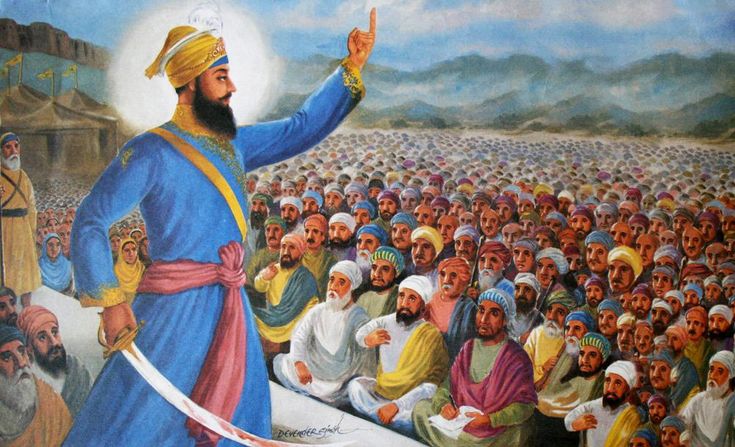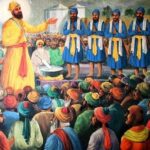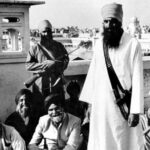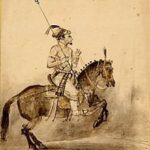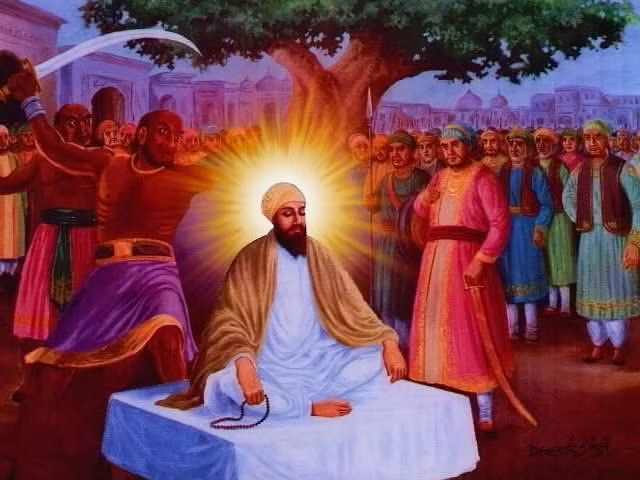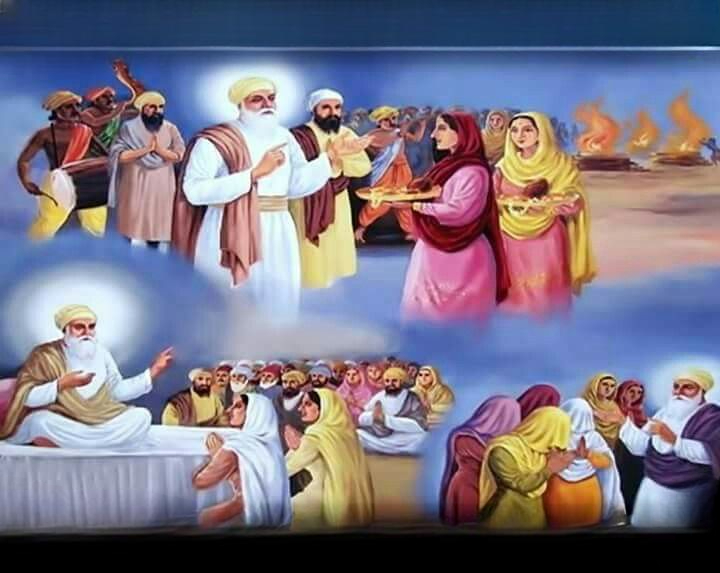In the turbulent 18th century, when the Khalsa Panth was still regrouping after decades of persecution, a daring campaign marked its resurgence—the lightning conquest of Sirhind, a city synonymous with Mughal tyranny and the martyrdom of the Sahibzadas.
The Spark of Rebellion
As the annual Jor Mela at Amritsar approached (a gathering commemorating Sikh martyrs), scattered bands of Khalsa warriors under Tarna Dal sought to honor their fallen with action. Initially planning small raids, their strategy transformed when Nawab Kapur Singh (leader of the Dal Khalsa) proposed an audacious target: “Why nibble at villages when we can strike the heart of oppression—Sirhind Fort?”

The March of the Fearless
- Modest Beginnings: Started with a small force of Malwa-based Singhs
- Snowballing Strength: Grew to 5,000 warriors as militias joined en route
- Target of Vengeance: Sirhind—where Wazir Khan had martyred Baba Fateh Singh and Zorawar Singh
The Two-Hour Blitz
At dawn, the Khalsa launched a simultaneous assault on all five gates of Sirhind:
- Shock Tactics: Swift, coordinated attacks overwhelmed Mughal defenses
- Divine Fury: Warriors fought with the rage of generations oppressed
- Symbolic Victory: The city that executed Sikh children fell in just six hours
Why This Battle Echoes Through History
- Myth-Busting Victory: Proved a small, motivated force could crush a fortified empire
- Psychological Turning Point: Shattered Mughal aura of invincibility in Punjab
- Blueprint for Future Campaigns: Pioneered the guerrilla tactics later used against Afghans
Legacy
This wasn’t merely a military win—it was the Khalsa’s declaration that the era of persecution had ended. As the first major coordinated campaign after Guru Gobind Singh Ji’s passing, it set the stage for the eventual Sikh Empire.
“They came as whirlwinds—not to conquer land, but to reclaim destiny.
